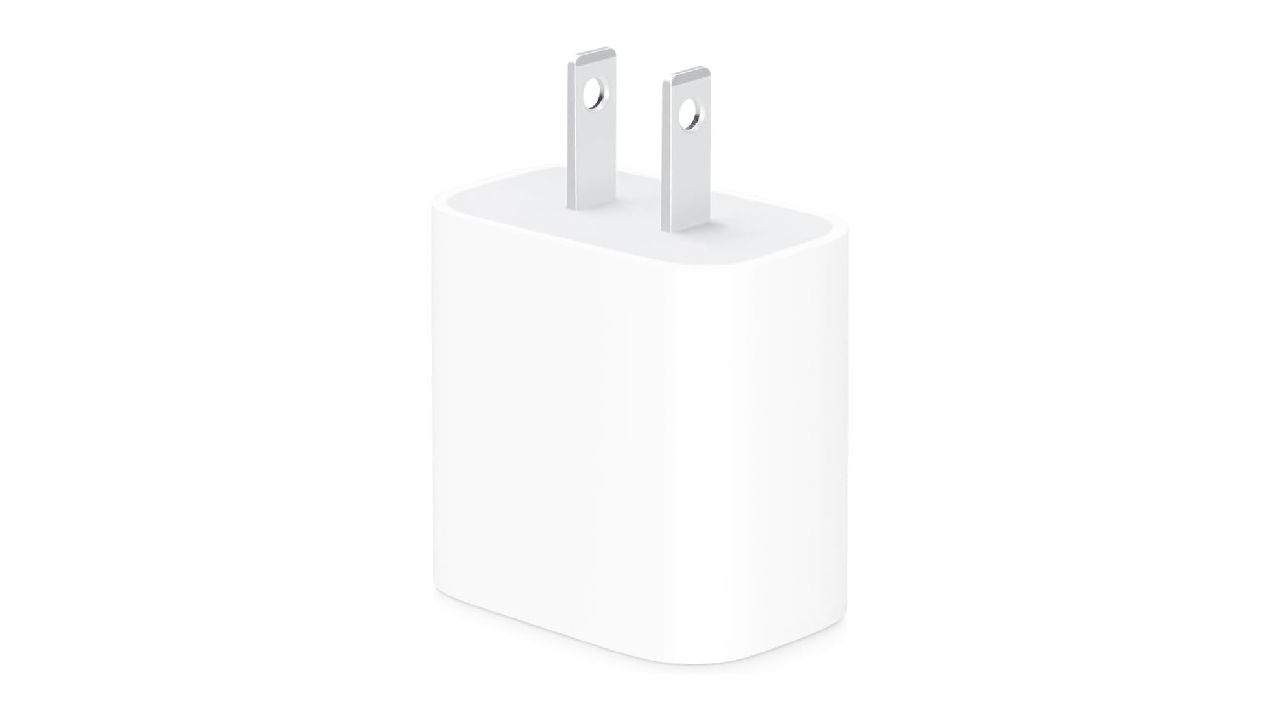This is my second blog on COVID19 vaccine. In this one, I will give you more information about Pfizer-BioNTech
COVID-19 vaccine
The Pfizer-BioNTech COVID-19 mRNA vaccine (Tozinameran or
BNT162b2) is used to protect against COVID-19. This disease is caused by severe
acute respiratory syndrome coronavirus 2 (SARS-CoV-2).
The vaccine is approved for people who are 12 years of age and older. Its
safety and effectiveness in people younger than 12 years of age have not yet
been established.
Health Canada first authorized this vaccine with conditions
on December 9, 2020, under the Interim Order Respecting the Importation, Sale
and Advertising of Drugs for Use in Relation to COVID-19. On May 5, 2021, the
authorization was expanded to include individuals aged 12 to 15.
Find detailed technical information about the
Pfizer-BioNTech vaccine, such as the product monograph and our regulatory
decision summary, in the COVID-19 vaccines and treatments regulatory portal.
Ingredients
Medicinal
ingredient
mRNA
Non-medicinal
ingredients
· ALC-0315
= ((4-hydroxybutyl)azanediyl)bis(hexane-6,1-diyl)bis(2-hexyldecanoate)
· ALC-0159
= 2-[(polyethylene glycol)-2000]-N,N-ditetradecylacetamide
· 1,2-Distearoyl-sn-glycero-3-phosphocholine
· cholesterol
· dibasic
sodium phosphate dihydrate
· monobasic
potassium phosphate
· potassium
chloride
· sodium
chloride
· sucrose
· water
for injection
How it
works
mRNA vaccines teach our cells how to make a protein that
will trigger an immune response without using the live virus that causes
COVID-19. Once triggered, our body then makes antibodies. These antibodies help
us fight the infection if the real virus does enter our body in the future.
‘RNA’ stands for ribonucleic acid, which is a molecule that
provides cells with instructions for making proteins. Messenger RNA (mRNA)
vaccines contain the genetic instructions for making the SARS-CoV-2 spike
protein, which is found on the surface of the virus that causes COVID-19.
When a person is given the vaccine, their cells will read
the genetic instructions like a recipe and produce the spike protein. After the
protein piece is made, the cell breaks down the instructions and gets rid of
them.
The cell then displays the protein piece on its surface.
Our immune system recognizes that the protein doesn’t belong there and begins
building an immune response and making antibodies.
How it
is given
The vaccine is given by an injection (0.3 mL) into the
muscle of the arm. For the vaccine to work best, you need to get 2 doses: a
single dose and then a second dose 21 days later.
Immunity develops over time. It takes about 2 weeks to
develop significant protection against COVID-19. For the greatest protection,
you will need the second dose.
Clinical studies showed that, beginning 1 week after the
second dose, the Pfizer-BioNTech COVID vaccine was:
95% effective in protecting trial participants aged 16 and
above against COVID-19 and100% effective in participants 12 to 15 years old
Possible
side effects
In general, the side effects observed during the clinical
trials are similar to what you might have with other vaccines.
The side effects that followed vaccine administration in
clinical trials were mild or moderate. They included things like pain at the site
of injection, body chills, feeling tired and feeling feverish.
These are common side effects of vaccines and do not pose a
risk to health.
As with all vaccines, there is a chance that there will be
a serious side effect, but these are rare. A serious side effect might be
something like an allergic reaction. Speak with your health professional about
any serious allergies or other health conditions you may have before you
receive this vaccine.
Health Canada has conducted a rigorous scientific review of
the available medical evidence to assess the safety of the Pfizer-BioNTech
COVID-19 vaccine. No major safety concerns have been identify in the data that
we reviewed.

